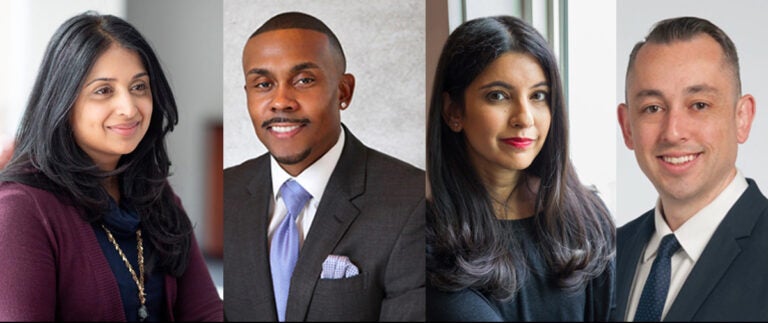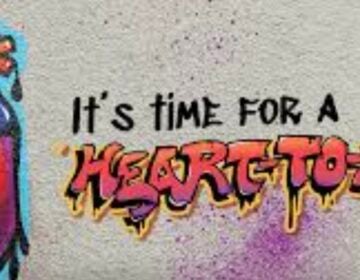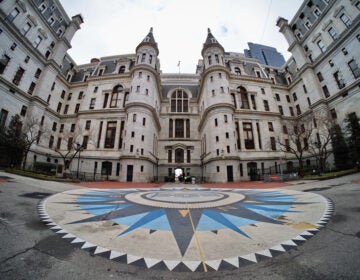What Will It Take to Diversify Medicine?
Listen 51:15
From left to right: Jaya Aysola, founder and executive director of Penn Medicine’s Center for Health Equity Advancement, Pierre Johnson, University of Chicago OB-GYN, Madi Sinha, physician and author, and Cesar Padilla, obstetric anesthesiologist.
Who becomes a physician in this country — and who never gets that chance? It’s a question a lot of medical schools are grappling with, as groups like Black people and Latinos remain especially underrepresented among students. What would it take to attract and retain a more diverse group of students? On this episode, we hear stories about people’s path to med school, and the challenges they face along the way. We learn about a major push to increase diversity that happened in the 90s — and what happened to it; why some are rallying to do away with a tough entry exam applicants have to take; and the challenges of being the only person of color in your class.
Also featured on this week’s episode:
- University of Chicago Medicine OB-GYN Pierre Johnson describes his path toward becoming a physician, and the burden of often being the only Black student in the room. His book and nonprofit are called “Pulse of Perseverance.”
- We talk with Jaya Aysola, the founder and executive director of Penn Medicine’s Center for Health Equity Advancement. She says more diversity in med schools would bring positive change – but beyond that, the entire health care delivery system has to change as well.
- As a kid — growing up in the Bay area, the son of Mexican immigrants — Cesar Padilla didn’t imagine becoming a doctor. His school was bad, and his grades were failing. He tells the story of what changed along the way that guided him into medicine. Padilla is an obstetric anesthesiologist, and he will be joining Stanford University School of Medicine this May.
- We talk with Madi Sinha, a physician and author, about her novel “The White Coat Diaries,” which explores the competing pressures of doing a medical residency — while also being a “good Indian daughter.”
Segments from this episode
WHYY is your source for fact-based, in-depth journalism and information. As a nonprofit organization, we rely on financial support from readers like you. Please give today.






